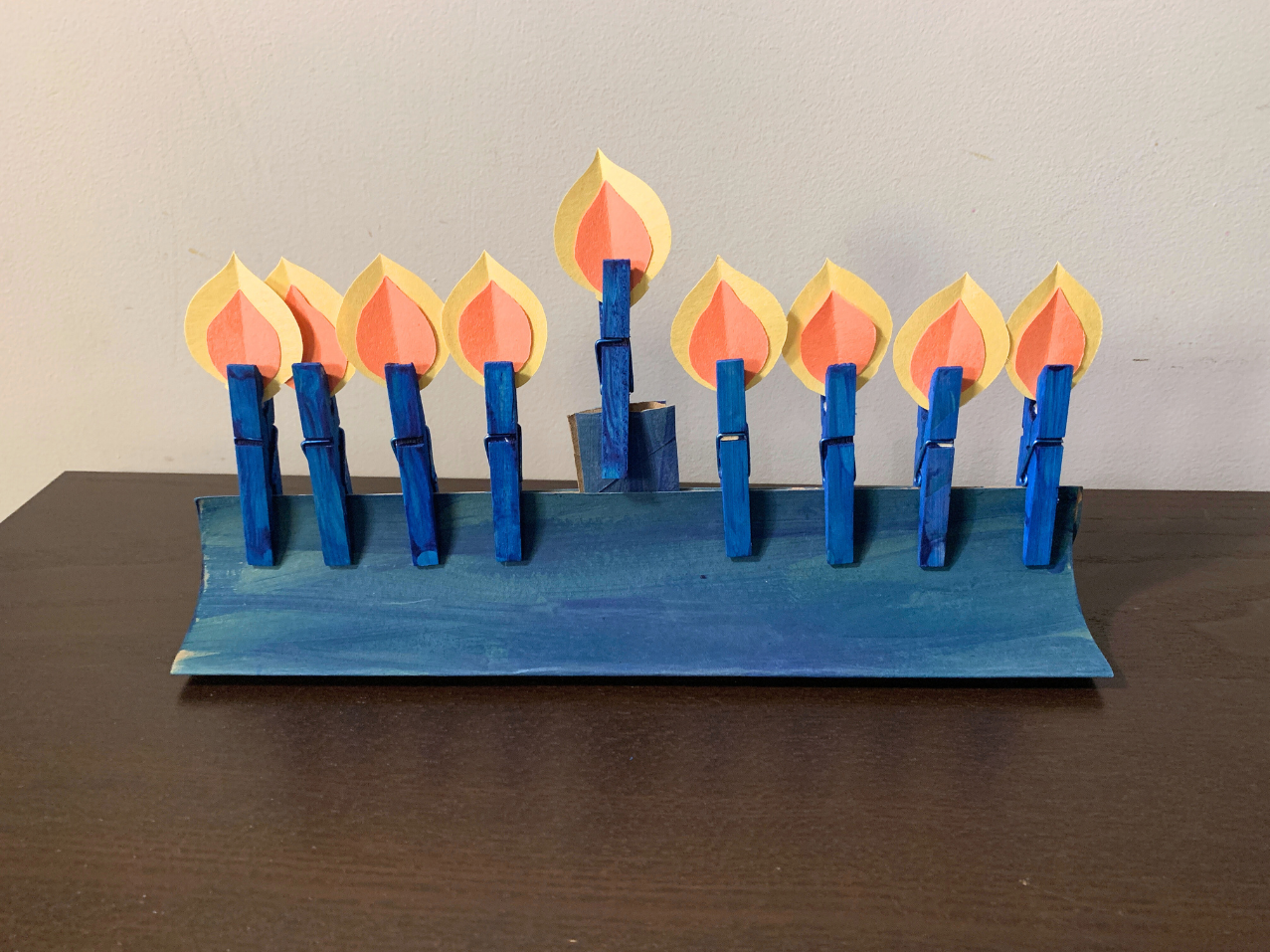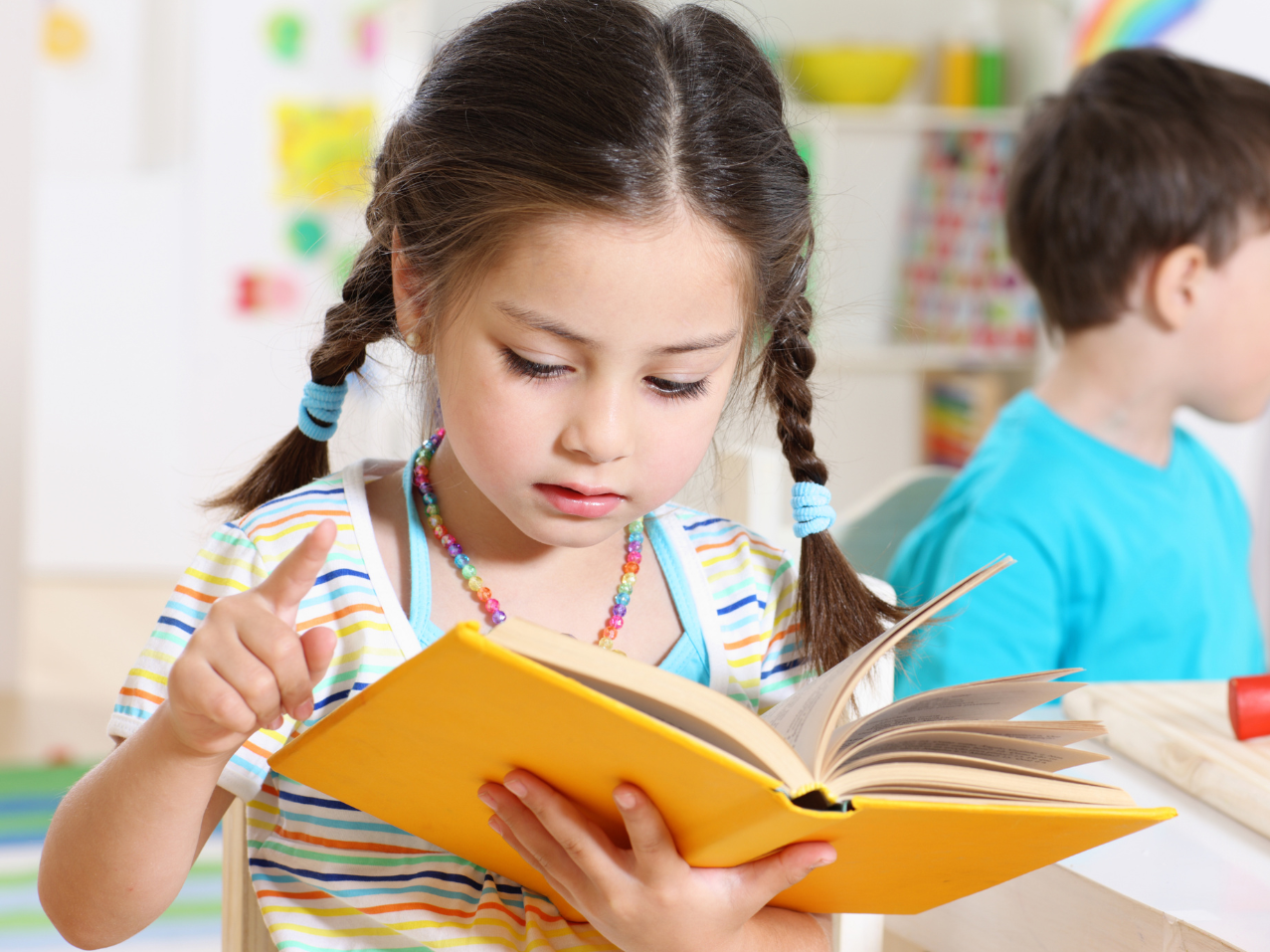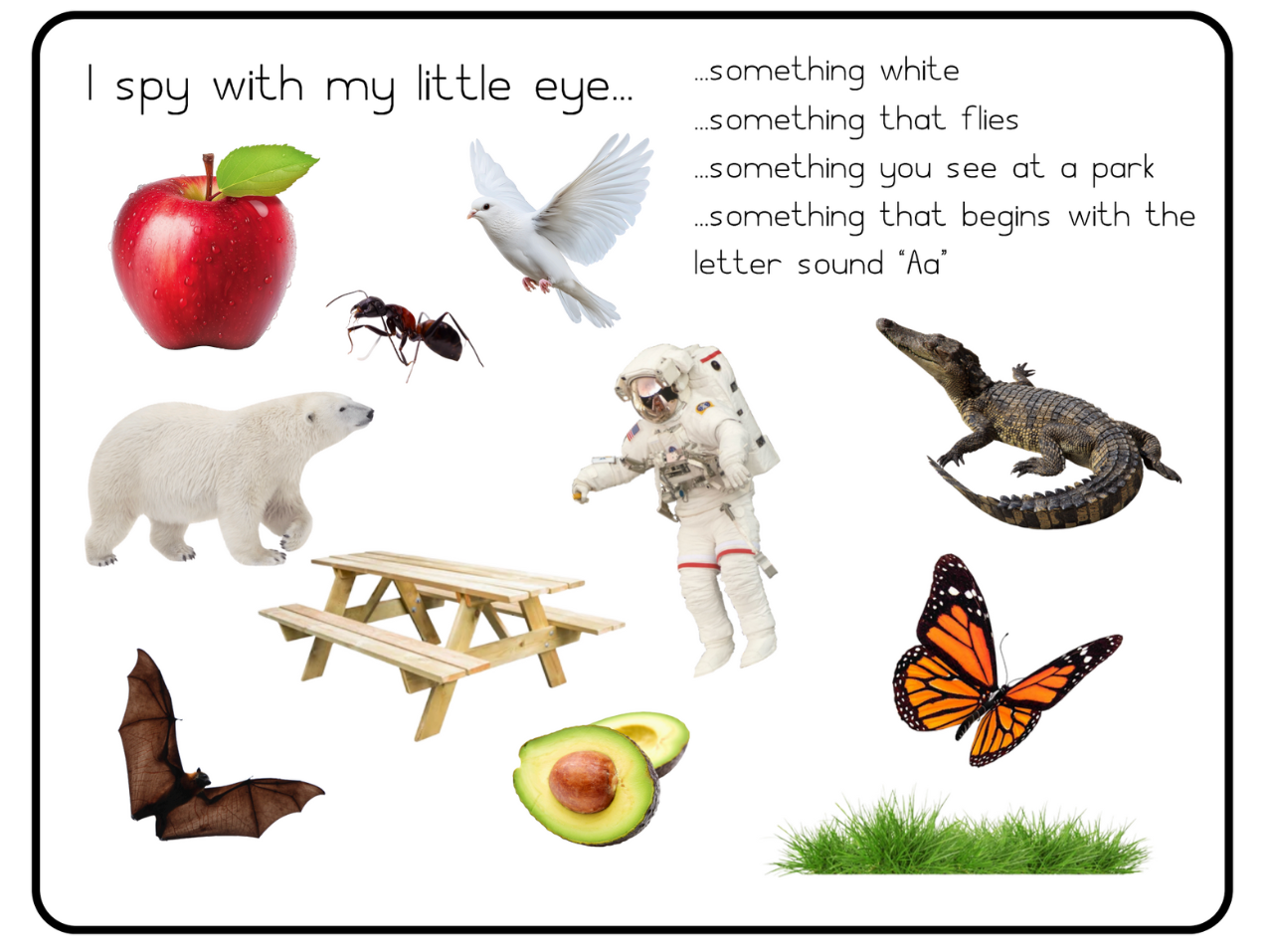Menu
-
-
Shop Holiday Items
-
Shop Gifts By Age
- Gifts For a 0-6 Month Old
- Gifts For A 6-12 Month Old
- Gifts For A One Year Old
- Gifts For A Two Year Old
- Gifts For A Three Year Old
- Gifts For A Four Year Old
- Gifts For A Five Year Old
- Gifts For A Six Year Old
- Gifts For A Seven Year Old
- Gifts For An Eight Year Old
- Gifts For A Nine Year Old
- Gifts For A Ten Year Old
-
Shop Gifts By Budget
- New Arrivals
-
Toys
- Large Active Toys
- Animal Toys
- Arts & Crafts
- Award-Winning Toys
- Bath Toys
- Birthday Wishlists
- Building Toys
- Cars, Trains, & Trucks
- Games
- Instruments
- Loose Parts Play
- Loot Bag Toys
- Made in Canada
- Outdoor Toys
- Pretend Play
- Puzzles
- Sensory And Fidget Toys
- Sensory Bin Tools & Fillers
- STEM Toys & Activities
- Toronto-Themed Gifts
- Travel Toys
- Wooden Toys
- Waiting Room Toys & Furniture
-
Montessori Materials
- Montessori At-Home Program
-
Montessori Furniture
-
Bundles & Sales
-
Books
-
Shop By Age
-
Shop By Brand
- Brands A-F
- Brands G-L
-
Brands M-R
- MagicPlaybook
- Magna Tiles
- Make Believe Ideas
- Makedo
- Manhattan Toys
- Math for Love
- Milaniwood
- MindWare
- Mojo Toys
- Moluk
- Moulin Roty
- Native Northwest
- nic
- Nienhuis
- Ooly
- Opinel
- Ostheimer
- Papoose
- Peaceable Kingdom
- Plan Toys
- Plus-Plus
- Preschool Collection Watches and Timers
- Ravensburger Puzzles
- Real Life Pages
- Brands S-Z
-
- 866-901-4696
- Gift Registry
- Login


Montessori Self-Care Tasks for Children 0-3 Years Old
8 min read
Success with self-care tasks is going to depend on your child’s interest level and fine motor control.
Don’t be discouraged if your child can’t do the tasks recommended for their age right away. It takes time and a lot of practice to learn how to care for yourself.
If your child is new to a task recommended for their age, I suggest scrolling up and reading the recommendations for the age prior.
These skills are built on previous skills. For example, if your two year old is new to self-dressing, check out the ideas for teaching self-dressing to a one year old first.
Self-Care for Infants
Most of the self-care that takes place in infancy will be done by the adult but it’s important to remember that infants can still participate in very simple ways.
1. Talk to them - Any time you, the parent or caregiver, are doing something to care for them - keep them engaged by talking to them about what you’re doing.
Rather than an infant lying there passively while getting their diaper changed, walk them through the steps and briefly explain why you’re doing what you’re doing.
This will set the stage for later on, when they start doing some of this for themselves. For example: I’m using a wipe to clean your bottom.
2. Teach them to wipe their own face - Once your infant starts sitting up and you observe they are bringing their hands to their face, you can introduce wiping their own face with a wet cloth. Cut a cloth so that it’s manageable for them and show them how to wipe their face.
You can do hand over hand and gently bring the cloth up to their face. This would be a great thing to do in front of a mirror so they can see what they’re doing and see their face go from messy to clean. Many children don't like getting their faces wiped but teaching them how to do it themselves can help.
And because we're talking about infant-aged children here, understand that it’ll still be some time before they can wipe their faces perfectly clean and you’ll need to continue helping them. However, if they want to, it’s beneficial to give them time now to try and do it for themselves.

3. Allow them to participate in hand washing - When your child is old enough to sit at the table and begin trying food, you can offer a small bowl/container of warm water after the meal to allow them to wash their hands.
Show them how to dip their hands in the water and rub them together to get the food off. This is not a process you need to rush and often something children will enjoy.
4. Encourage them to pull off their own socks - This is one of those things that sort of happens on its own in infancy, isn’t it?
When it happens, you can draw attention to the fact that they took off their socks all on their own. Something like “Wow! You learned how to take your socks off all by yourself!” Once you observe that they start pulling their socks off with their hands, use this newfound skill whenever you’re getting them undressed.
Self-Care for 1 Year Olds
The self-care skills are appropriate for children 1-2 years old.
1. Self-Care Dressing/Undressing:
- Helping to get dressed and undressed - Make sure the clothes are manageable, meaning they won’t be too tight or too big for your child. Invite them to help you get them dressed, “Put your foot into the pant leg” or “Push your arm through the sleeve.”
Getting dressed independently requires a lot of coordination so it’s going to be much easier for your child to learn to take things off before they learn to put things on. Take your time and guide them through the process.
- Putting dirty clothes in the laundry hamper - this is a fun and easy job for toddlers. It also builds a great habit for when children get older.
- Take off socks and shoes - Children manage to figure out how to remove their socks and shoes all on their own and they can get quite creative with it. To make it a little easier, especially the shoes, demonstrate how to remove shoes by placing one hand on the heel, one hand on the toe and pull! Bonus, you’re teaching them to name the parts of their shoe too :)
- Teach Your Child The Jacket Flip - At around 18 months, introduce them to the “Flip Trick” to get their jacket on. It’s a really neat way to teach young children to flip their jackets over their heads and get their coat or zippered sweater on independently.
2. Self-Care in Bathroom:
- Offer child-sized materials - Success with self-care tasks in the bathroom has a lot to do with the materials. Provide them with child-size self-care tools they can independently explore - toothbrush, hairbrush, and small containers of body wash and shampoo.
It can also be helpful to include a step stool and low mirror in the bathroom, as well as a low hook for their towel. - Wash face and hands - You can make it more accessible with a small bowl with water or a stool at the sink. Click here to read our Montessori Guide To Hand Washing.

- Brushing hair - Show your child using slow, deliberate movements how to brush their hair. A low mirror or step stool is very helpful so they see what they're doing.
- Standing Diaper Changes - Change diapers standing up and in the washroom to start making the connection that that’s where elimination takes place.
Self-Care for 2 Year Olds
The self-care skills are appropriate for children 2-3 years old.
1. Self-Care Dressing/Undressing
- Teach Your Child To Get Dressed/Undressed - It’s easier to get undressed than it is to get dressed so start there. For step by step instructions on how to teach your child to get dressed and undressed independently, check out the post “How To Teach Independent Dressing - Step-By-Step”.

-
Choosing Their Own Clothes - Have two sets of clothes in a low drawer or cupboard for your child to choose from, including bottoms, a top, socks and underwear (if your child is using them at this point). Too many choices are often overwhelming. Two simple options gives a child autonomy while making the decision manageable.
Make sure the clothes aren't too tight or too big for your child and try to avoid doing it all for them. You want them to feel like they are participating in the process rather than having it done to them.
- Show them how to put their dirty laundry in hamper.
2. Self-Care in the Bathroom:
- Brushing Teeth - Teeth brushing at this age is a great activity to do "your turn/my turn" with.
We want to help them learn and understand the process of teeth brushing but they're still a ways off from being able to do it entirely independently. It's not worth risking oral health to give complete independence & autonomy.
When it's your turn, it can be helpful to explain why we need to brush our teeth and what you're doing - "I'm scrubbing your big teeth in the back and making sure we get out all the cereal you ate for breakfast!"
Timers can be helpful at this age, we have a 2 minute toothbrushing timer available in the shop or you can just set one on your phone.
- Brushing Hair - Show your child using slow, deliberate movements how to brush their hair. A low mirror or step stool is very helpful so they see what they're doing.
When they have knots, show them how to hold the hair against their scalp so that it doesn’t tug so hard. - Washing parts of their bodies in bath - This is a great task to promote autonomy and independence but it's also a great opportunity to learn about their bodies.
- Washing face and hands regularly. Click here to read our Montessori Guide To Hand Washing.
Self-Care for 3 Year Olds+
The self-care skills are appropriate for children 3 years +.
Self Care Dressing/Undressing
- Teach Your Child To Get Dressed/Undressed - For step by step instructions on how to teach your child to get dressed and undressed independently, check out our blog post “ How To Teach Independent Dressing - Step-By-Step”.
Whenever possible, give a lot of time for self-dressing.
- Taking Off and Putting On Shoes and Outerwear - Avoid laces and tight shoes. Your child needs to be able to manage their shoes independently.
-
Choosing Their Own Clothes - At this age, your child likely has a good memory of their clothes and favourite outfits so respect their choice when they choose what to wear.
You may end up with some interesting outfits but autonomy is important. If they decide to wear a thick sweater on a hot summer day, the natural consequence of getting too hot will be a helpful lesson.
-
Putting Dirty Clothes in The Hamper and Helping with the Laundry - This may seem like a lot for a 3 year old, but if they’re interested then it’s a GREAT activity for them to assist with because it involves so much movement.
They can help to load clothes into front-loading washing machine, take clothes out of dryer, match socks and put away folded clothes. The key is to not expect them to do it all the time, just when they want to or it makes sense for them to help you.
- More autonomy with bathing - Invite them to wash parts of their bodies, they can even help with shampooing and rinsing their hair. They’ll need your guidance but this may be a helpful thing to start with a child who is reluctant to wash their hair or fearful of getting water in their eyes. Show them, teach them how to do it themselves.
- Brushing teeth and brushing hair - if your child is new to these skills, review Age 2 for more info on how to introduce them.

-
Blowing their Nose - Choose slow and deliberate movements with minimal language so your child can follow along with your movements.
Rather than quickly grabbing a tissue and rubbing underneath your nose, start by practicing blowing air from the nose, then taking a tissue, folding it in half, holding it with both hands and blowing into it.
You may also want to use a mirror and show them how to fully wipe their nose and look for any mucus left behind.
-
Wiping themselves after using the toilet - if your child is using the toilet, this is a good age to show them how to wipe themselves.
You will still need to help and may need to do the final wipe for awhile. It’s helpful to teach this now because once they go off to kindergarten, the teacher will likely not be allowed to help the child with wiping.
3 Steps To Teaching Any Self-Care Task
1. Break It Into Small Steps
Break the learning of any skills down into smaller steps so your child can follow along and remember the acronym SHOW - Slow Hands, Omit Words.
SHOW simply means that you use slow deliberate movements and minimal language, so your child can focus on your movements, instead of your voice.
2. It's Ok To Help
Even after you've taught a skill and your child has been doing it independently for awhile, they may still need help from time to time. Just because they can do something for themself doesn’t mean they have to all the time.
Even as adults, sometimes a helping hand is appreciated.
3. Follow Your Child's Lead
Sit on your hands when your child is learning any new skill to avoid the temptation to interfere and offer help.
A helpful quote from Dr. Montessori to remember during this time of independence is “Never help a child with a task at which he feels he can succeed.”
They need time and your trust that they’re going to be able to figure it out.
Join Our Montessori Community
Sign up to get weekly activities, free printables, Montessori parenting guidance, and so much more.
Plus, get $10 off your first order of $100+.
Like this article? Get new articles, weekly activities, free printables, Montessori parenting guidance, and so much more.
One mom recently shared:
"Your newsletter is always SO great. It is one of the few I open and read weekly. You provide so much value. Thank you!"


